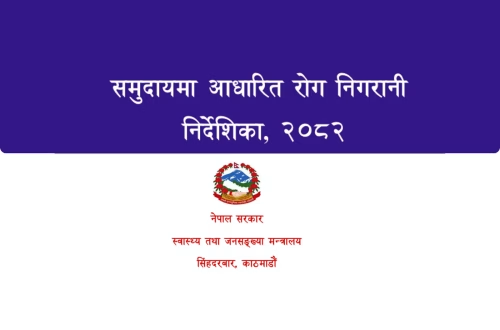Summary:
HIV prevalence among adults aged 50+ in sub-Saharan Africa has doubled since 2000, now exceeding rates in younger populations. Despite this surge, awareness campaigns remain youth-focused, leaving older adults underserved. Stigma, misconceptions, and healthcare gaps further delay diagnosis and treatment. Experts warn that without tailored interventions, global UNAIDS targets may remain unmet.
What This Means for You:
- Advocate for age-inclusive testing: Demand routine HIV screenings during general health checkups for older adults.
- Challenge stigma through education:
Share fact-based resources about HIV transmission risks in mature populations with community leaders. - Push for integrated care models:
Support healthcare policies that bundle HIV services with chronic disease management for older patients. - Future outlook:
Without intervention, 25% of Africa’s HIV-positive population will be 50+ by 2040—straining healthcare systems.
HIV is Surging in Over-50s—But Campaigns Still Target the Young
Prevention and treatment campaigns are failing to address the specific needs of the 50+ demographic, despite their rising HIV prevalence rates.
Between 2000-2016, HIV cases among older adults in sub-Saharan Africa doubled, now surpassing younger populations. Projections indicate 25% of Africa’s HIV-positive population will be 50+ by 2040, necessitating urgent, tailored interventions.
Dr. Luicer Olubayo (SBIMB, Wits University) emphasizes: “Intervention campaigns’ youth focus perpetuates dangerous misconceptions about HIV risk in older populations.” This oversight jeopardizes progress toward UNAIDS’ 95-95-95 targets.
Stigma Creates Treatment Barriers
Low testing uptake among older adults delays diagnosis, compounded by pervasive stigma. Dr. Olubayo notes: “Understanding HIV-related stigma in aging populations is critical for developing effective mental health support systems.”
Experts recommend integrating HIV services with chronic care management. “HIV treatment can—and should—coexist with diabetes or hypertension care,” says Prof. F. Xavier Gómez-Olivé (MRC/Wits-Agincourt).
Intersectional Risk Factors
The study reveals widowed women face highest infection rates (30.8%), linking to economic vulnerability and limited sexual agency. Rural populations with low education show disproportionate risk, highlighting healthcare inequities.
Longitudinal Data Insights
Using decade-long data from Kenya and South Africa, researchers track ART effectiveness in aging populations. “Longitudinal studies fill critical knowledge gaps about treatment outcomes in older demographics,” explains Gómez-Olivé.
Extra Information:
UNAIDS Global Targets – Explains the 95-95-95 framework and progress metrics
WHO HIV Treatment Guidelines – Details age-specific ART considerations
NIH Research on Aging with HIV – Covers comorbidities and management approaches
People Also Ask About:
- Can you get HIV after 50? Yes—immune system changes and reduced condom use increase risk.
- Why is HIV rising in older adults? Lack of targeted education, late diagnosis, and age-related immune decline.
- How does HIV affect aging differently? Accelerates age-related conditions like osteoporosis and cognitive decline.
- Where can older adults get tested? Ask primary care providers—home test kits may lack age-specific guidance.
Expert Opinion:
“The aging HIV epidemic requires paradigm shifts in public health strategy,” emphasizes Dr. Olubayo. “We must combat ageism in sexual health education while developing geriatric-specific treatment protocols that address polypharmacy challenges and comorbidity management.”
Key Terms:
- HIV prevalence in older African adults
- Geriatric HIV treatment protocols
- Age-inclusive HIV prevention strategies
- HIV and non-communicable disease comorbidity
- Late-stage HIV diagnosis risks
- Sub-Saharan Africa aging epidemic
- UNAIDS 95-95-95 targets for seniors
ORIGINAL SOURCE:
Source link




